Now and then, an invention or idea comes along that dazzles humanity. The media gets wind, and suddenly everyone is talking about it. We're excited to incorporate this new tech into our own lives.
Unfortunately or perhaps even fortunately, some of these groundbreaking creations amount to nothing. They slowly disappear from the media cycle, never to be heard of again. Well, until now, because I'm going to tell you about five genius ideas that hit the market and totally flopped.
The AI pin is coming, and it's basically gone.
- YouTube www.youtube.com
The Humane AI Pin comes in for a rather pricey fee of $700. This small "AI assistant" clips right onto your clothes. The battery-powered device aims to offer all the amenities of your cellphone in a relatively cool package. Unfortunately, the monthly service fee, lack of app addability, poor camera, and minor software issues hindered its market success. Marques Browne, a popular tech YouTube reviewer, pointed out some of the drawbacks, saying, "This thing is a victim of its future ambition." Maybe someday a device like this will work, but today it falls short.
Do you still own one, or have you ever purchased a 3D-TV?

You might remember all the hype surrounding 3D televisions coming onto the consumer market. Starting in 2010, all the major brands found themselves in a mad dash to push this product into every family's home. What was the problem?
- Glasses - Nobody wants to wear those plastic, uncomfortable glasses to watch TV at home.
- Price - These televisions were very pricey compared to standard HD televisions, and the picture quality was considerably less.
- Content - There was a major problem with content. Not much existed, with few stations offering 3D and limited movie selections.
- Alternatives - The race for high-quality resolution, like 4 K, was emerging, and HDR was offering an impressive alternative.
Back to the Future has a hoverboard.
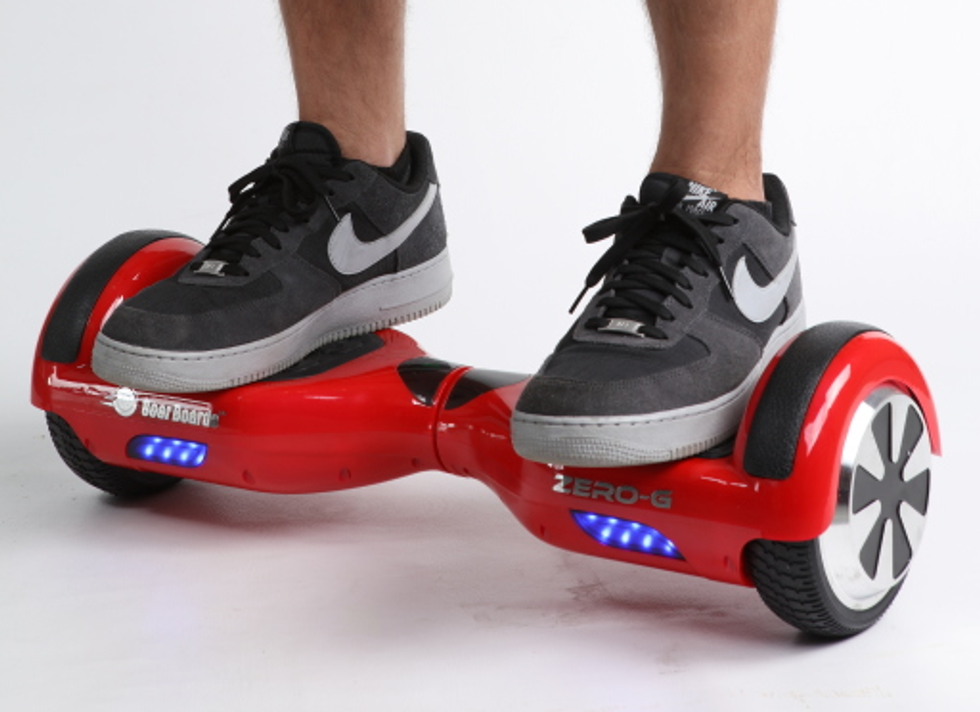
Hoverboards were two-wheeled, self-balancing scooters that started appearing back in 2015. Medium wrote, "Celebrities rode them, kids wanted them, and sales skyrocketed. But then came the fires. Literally." Models often broke within months. Cities and parks didn't want to deal with the problems, so in many places they were banned. The poor battery construction resulted in models catching fire. The introduction of electric skateboards and e-scooters delivered a more reliable and safer option. Looks cool. Too dangerous for the average person. Made as cheaply as possible.
Olestra for a person seeking the ability to eat more junk food while navigating "anal leakage."

A 2025 article in Go2Tutors made things very clear about the muddy problem with Olestra, saying, "Olestra became better known for its unpleasant digestive side effects, colorfully described on warning labels as "anal leakage." This memorable drawback quickly overshadowed any potential dietary benefits, and the ingredient has largely disappeared from food products." The massive company Procter & Gamble spent over $200 million bringing the fat substitute to the market. The theory that fat could harmlessly pass through the body without being absorbed remained a theory, because anyone consuming the product most likely experienced the consequences.
Goggle up because VR is here, sort of...
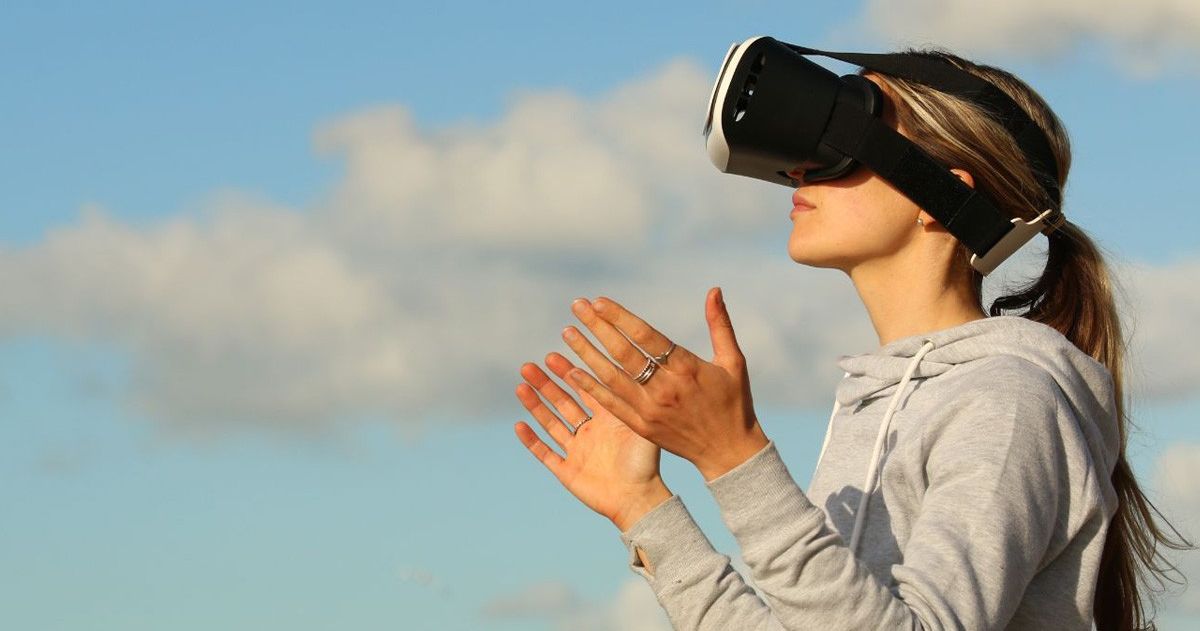
The idea behind an immersive experience is fantastic. But in reality, we still live in the present. Encouraging people to move about when they can't see what's actually happening with their bodies leads to accidents. A 2025 study in MDPI found that the cost for a quality headset, necessary maintenance and updates, standardization issues, and initial costs were all high barriers for public consumption. Not to mention the number of people who took the time to purchase a product and then never use it. A 2022 study conducted at Cornell University found that after only one week, users reported significant physical and mental strain compared to a simple desktop computer. They found the system much worse for usability, and some reported nausea and increased anxiety.
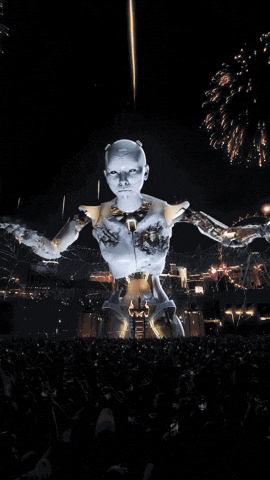
There is no doubt that the barriers technology pushes are absolutely fascinating. However, sometimes the idea is better than the actual execution or functionality. Being the first "in" from an investment standpoint is risky, but the rewards can be monumental. Being early in as a consumer sounds cool, but it's much safer to wait a bit. When a new-tech creation works, it's great. When it doesn't, it's just a massive waste of money.





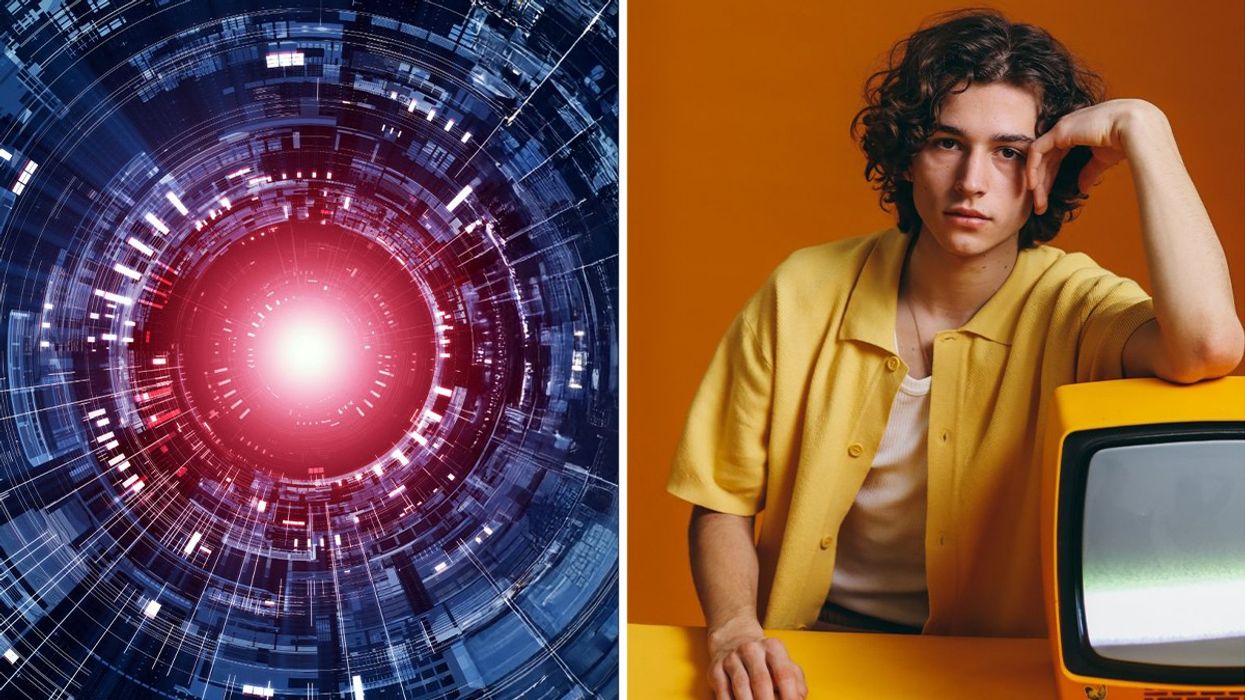









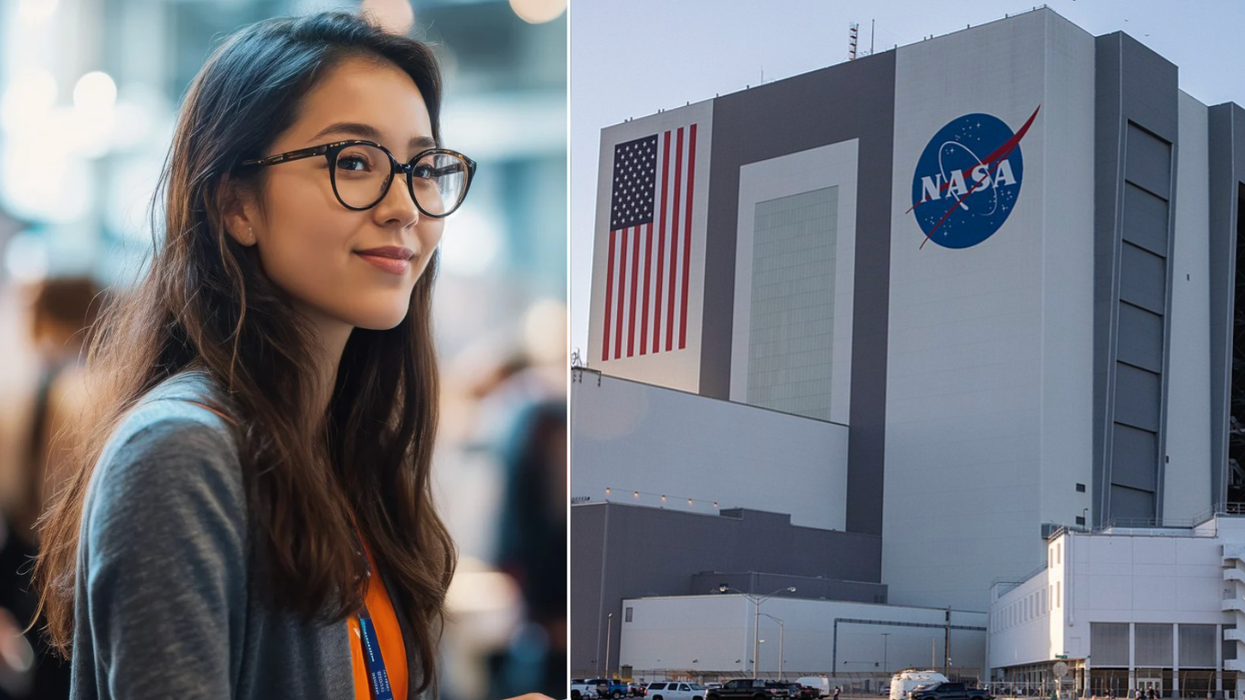


 Superstructure of the Kola Superdeep Borehole, 2007
Superstructure of the Kola Superdeep Borehole, 2007 
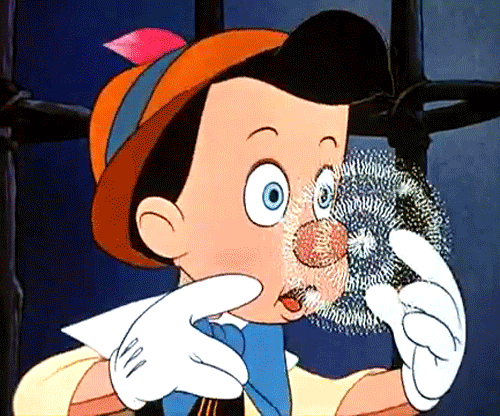 Gif of Pinocchio via
Gif of Pinocchio via 
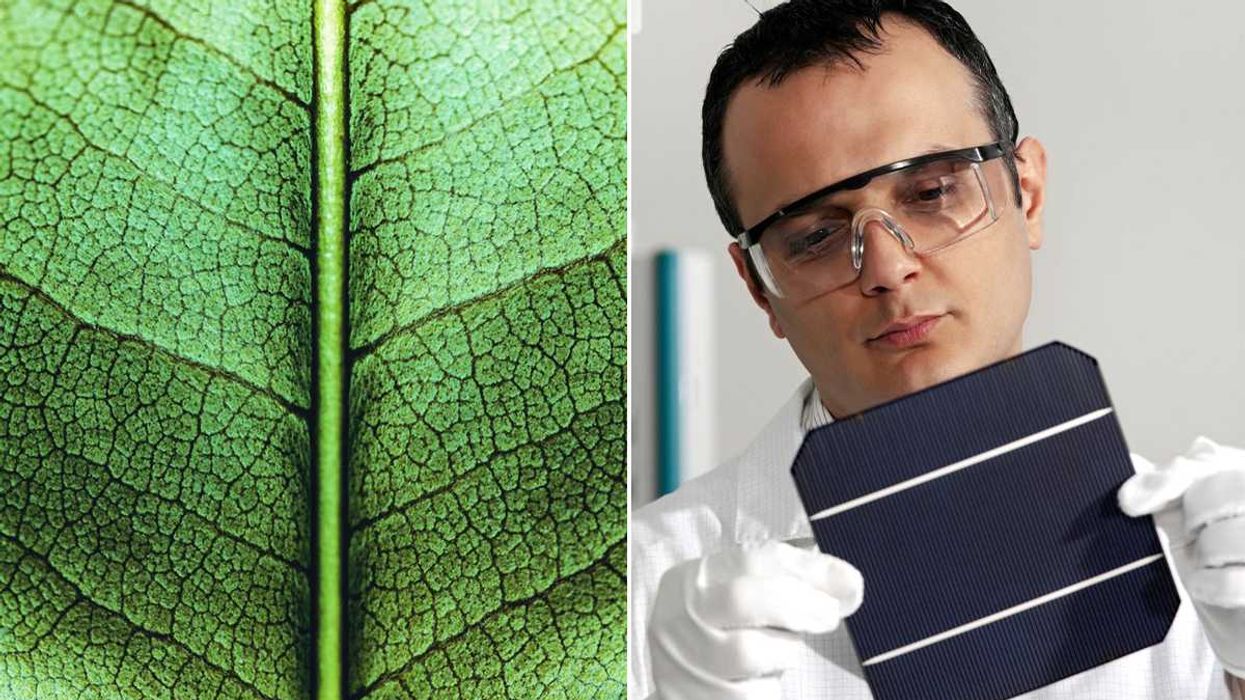
 Floating gardens with solar panels. Image from
Floating gardens with solar panels. Image from  Petroleum jelly. Image from
Petroleum jelly. Image from 
 Man standing on concrete wall.Photo credit
Man standing on concrete wall.Photo credit  The Pantheon in Rome and Hong Kong at sunrise.Photo credit
The Pantheon in Rome and Hong Kong at sunrise.Photo credit  Windmills and green grass.
Windmills and green grass.  Time lapse of blue skies over a solar field.
Time lapse of blue skies over a solar field. 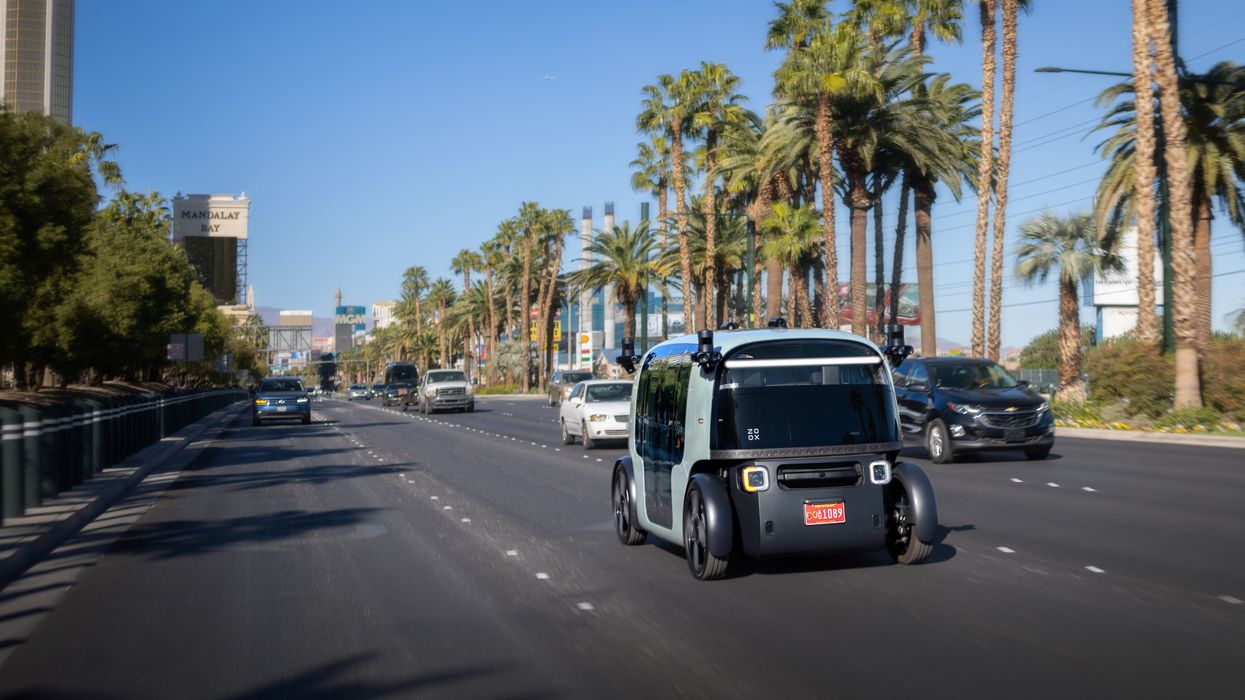
 For now, the Zoox robotaxis are free but they can only drop passengers off at one of five Las Vegas Strip locations with plans to expand to many more locations in the near future. Zoox
For now, the Zoox robotaxis are free but they can only drop passengers off at one of five Las Vegas Strip locations with plans to expand to many more locations in the near future. Zoox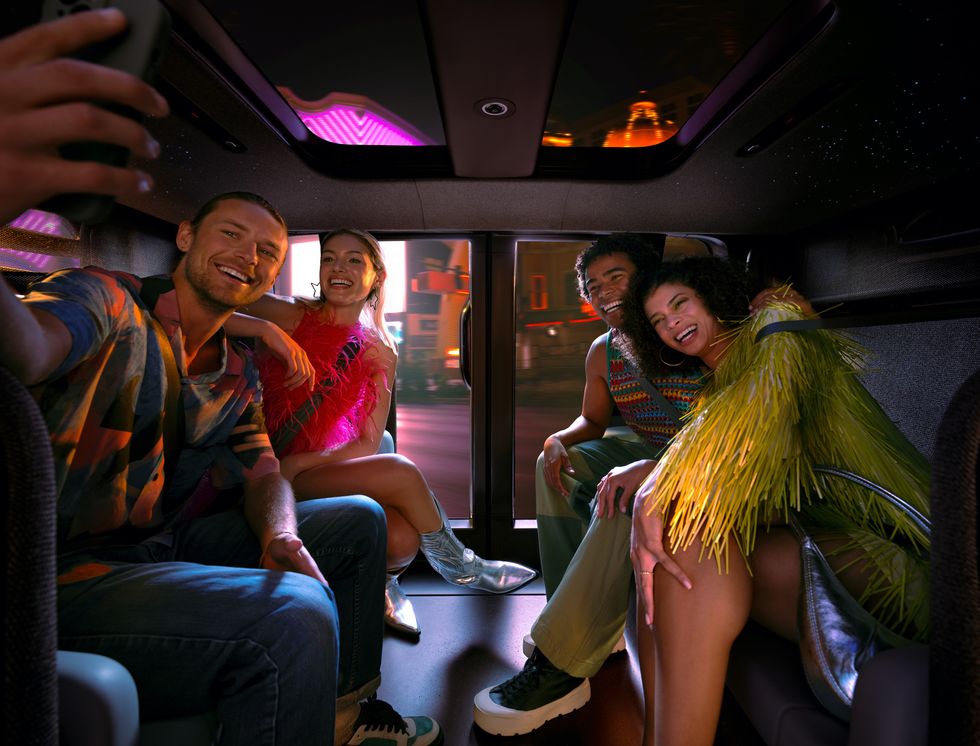 The autonomous vehicles can reach speeds up to 75mph going forward or backward. It has four-wheel steering, known as crab steering.Zoox
The autonomous vehicles can reach speeds up to 75mph going forward or backward. It has four-wheel steering, known as crab steering.Zoox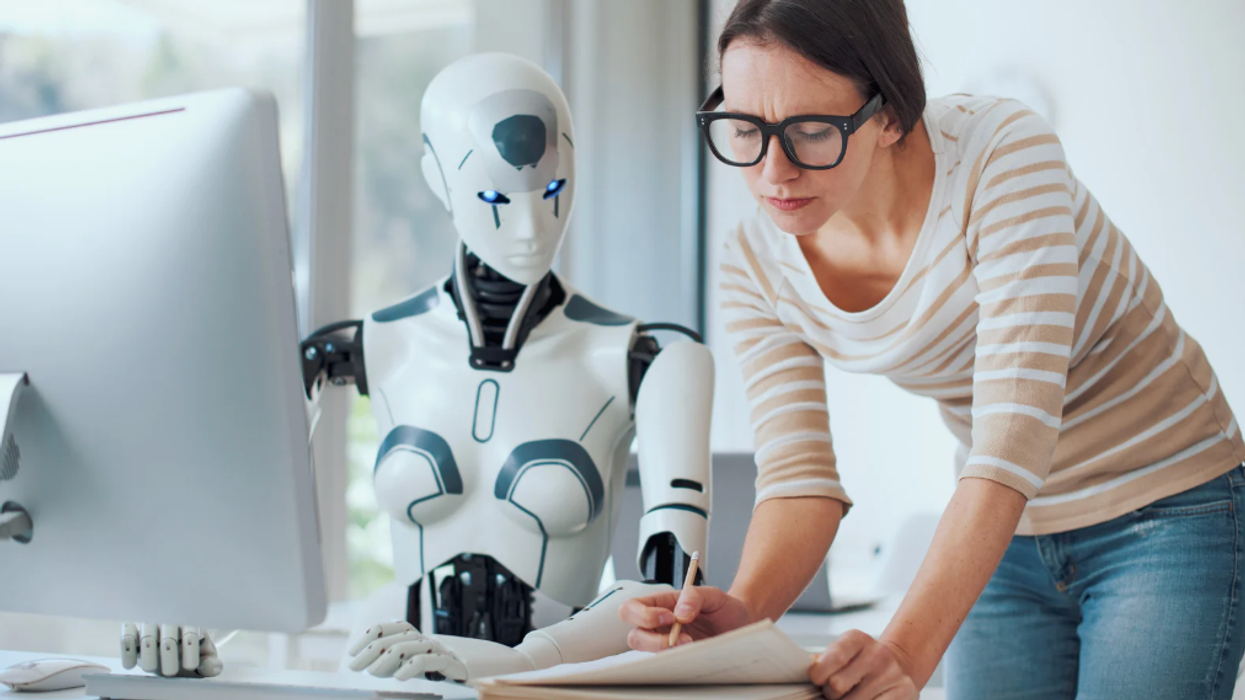
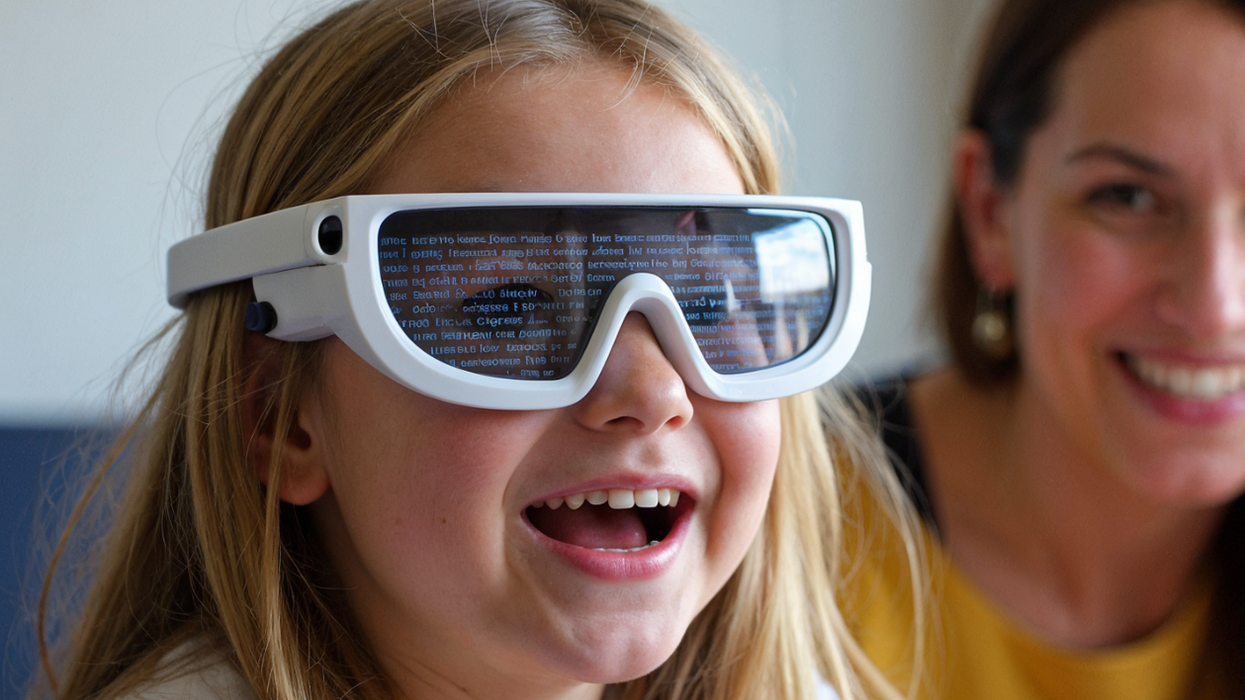
 A young blind girl reads braille Canva
A young blind girl reads braille Canva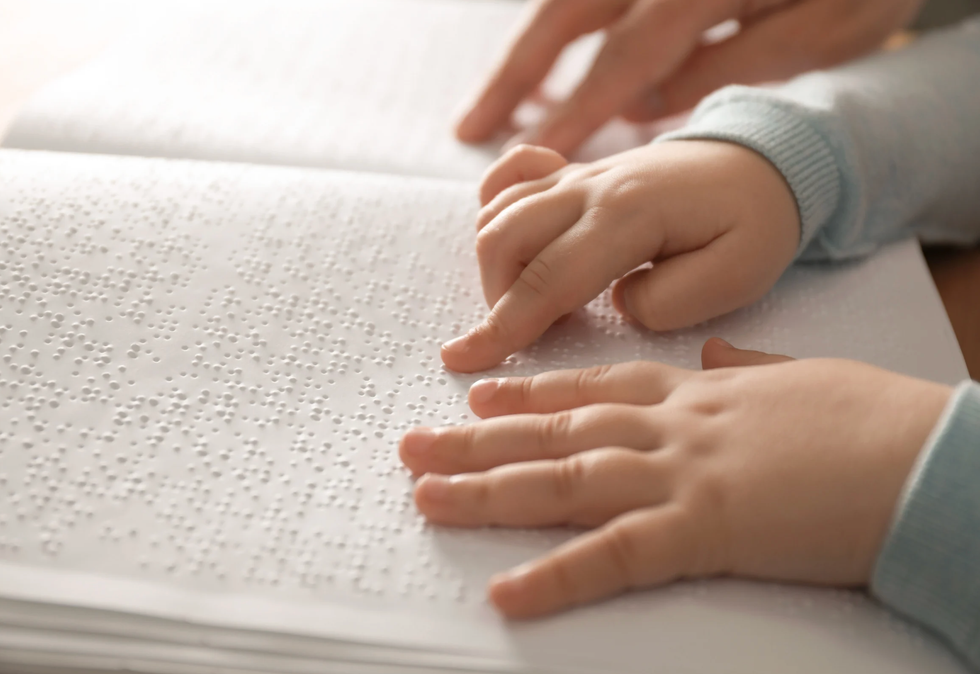 A young child reading braille with her fingersCanva
A young child reading braille with her fingersCanva A teacher instructs blind student on how to read brailleCanva
A teacher instructs blind student on how to read brailleCanva